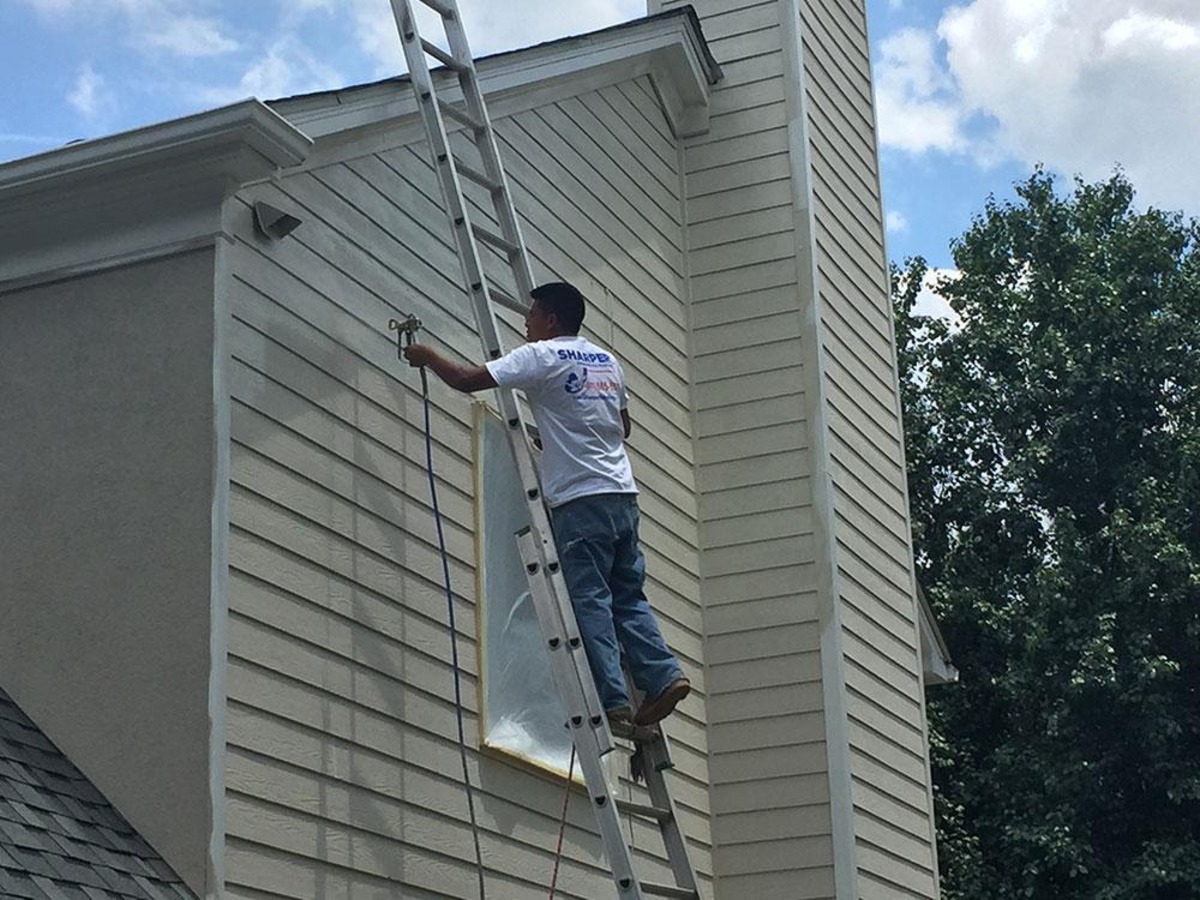

Articles
How Do You Clean Hardie Board Siding
Modified: January 8, 2024
Learn effective techniques and methods for cleaning Hardie board siding with our informative articles. Keep your siding looking brand new and enhance its longevity.
(Many of the links in this article redirect to a specific reviewed product. Your purchase of these products through affiliate links helps to generate commission for Storables.com, at no extra cost. Learn more)
Introduction
Hardie Board siding, also known as fiber cement siding, is a popular choice for homeowners due to its durability and low maintenance requirements. However, like any exterior surface, it can accumulate dirt, grime, and other stains over time. To keep your Hardie Board siding looking pristine, regular cleaning is necessary.
In this article, we will guide you through the process of cleaning Hardie Board siding to ensure that you achieve the best results without causing any damage to the material. We will also provide tips on removing stubborn stains and mold and offer advice on how to maintain your siding’s appearance in the long run.
Before we dive into the cleaning process, let’s first understand what Hardie Board siding is and why it is a popular choice among homeowners.
Key Takeaways:
- Regularly cleaning Hardie Board siding with a gentle solution and proper technique is essential to maintain its appearance and longevity, ensuring a beautiful and durable exterior for your home.
- When dealing with stains, mold, and mildew on Hardie Board siding, it’s crucial to use the right cleaning methods and take preventative measures to address underlying issues, preserving the siding’s pristine condition for years to come.
Read more: How To Remove Hardie Board Siding
Understanding Hardie Board Siding
Hardie Board siding is a type of exterior cladding made from a mixture of cement, sand, and cellulose fibers. It was developed by James Hardie Industries, a leading manufacturer of fiber cement products, and has gained popularity due to its durability, resistance to rot and pests, and ability to withstand extreme weather conditions.
One of the main advantages of Hardie Board siding is its ability to mimic the appearance of traditional wood siding without the drawbacks. It comes in a variety of styles, textures, and colors, allowing homeowners to achieve the desired aesthetic for their homes. Whether you prefer a smooth finish or a textured one, there is a Hardie Board siding option that suits your taste.
Another important feature of Hardie Board siding is its low maintenance requirements. Unlike wood siding, it does not require regular painting or staining to maintain its appearance. It is also resistant to warping, cracking, and swelling, which are common issues with wood siding. This makes Hardie Board siding an attractive option for homeowners looking for a long-lasting and low-maintenance cladding solution.
Additionally, Hardie Board siding is fire-resistant and has a high impact resistance, making it a safe choice for residential buildings. It is also resistant to moisture damage, which can be a concern in areas with high humidity or frequent rainfall.
Overall, Hardie Board siding offers a combination of durability, aesthetics, and low maintenance that makes it an ideal choice for many homeowners. However, to preserve its appearance and longevity, regular cleaning is necessary.
Preparing for Cleaning
Before you begin the process of cleaning Hardie Board siding, it’s important to take some preparatory steps to ensure a successful cleaning experience. Here’s what you need to do:
Gather Supplies
Start by gathering all the necessary supplies for the cleaning process. This includes a soft bristle brush or a non-abrasive sponge, a bucket of warm water, mild soap or a specialized fiber cement siding cleaner, a garden hose with a spray nozzle attachment, and protective gear such as gloves and safety glasses.
Inspect the Siding
Before you start cleaning, it’s a good idea to inspect your Hardie Board siding for any signs of damage or loose panels. If you notice any issues, it’s best to address them before proceeding with the cleaning process. Repair any cracks or gaps, and ensure that the siding is securely attached to the exterior walls.
Read more: How To Cut Hardie Board Siding
Protect Surrounding Areas
Next, take the time to protect any nearby plants, shrubs, or delicate surfaces from the cleaning solution or water runoff. Cover them with plastic sheets or use a tarp to prevent any damage.
Test the Cleaning Solution
If you’re using a new cleaning solution or product, it’s essential to perform a small test spot on an inconspicuous area of the siding. This will help you ensure that the solution does not cause any discoloration or damage. Wait for a few minutes, then rinse off the test spot with water and observe the results.
Read the Manufacturer’s Instructions
Lastly, it’s crucial to consult the manufacturer’s instructions for your specific Hardie Board siding product. They may have specific guidelines or recommendations for cleaning and maintenance that you should follow to maintain the warranty and prolong the lifespan of your siding.
By taking these preparatory steps, you’ll be ready to start cleaning your Hardie Board siding effectively and safely.
Choosing the Right Cleaning Solution
Choosing the right cleaning solution is crucial for effectively cleaning Hardie Board siding without causing any damage. Here are a few options to consider:
Read more: How Much Do You Overlap Hardie Siding
Mild Soap and Water
A simple and cost-effective cleaning solution for Hardie Board siding is a mixture of mild soap and water. Use a non-abrasive sponge or soft bristle brush to scrub the siding gently. Avoid using abrasive or harsh cleaners, as they can scratch the surface of the siding.
Fiber Cement Siding Cleaner
If you prefer a specialized cleaner specifically formulated for fiber cement siding, there are several options available on the market. These cleaners are designed to effectively remove dirt, grime, and stains from Hardie Board siding without causing any damage. Make sure to follow the instructions provided by the manufacturer for the best results.
Environmentally Friendly Cleaners
If you’re looking for eco-friendly alternatives, there are environmentally friendly cleaners available that are safe for both your siding and the environment. These cleaners are typically biodegradable and do not contain harsh chemicals or toxins.
Avoid Bleach and Strong Chemicals
It is important to note that bleach and strong chemicals should be avoided when cleaning Hardie Board siding. These harsh substances can cause discoloration, damage the surface of the siding, and potentially void the warranty.
Read more: How To Install Vertical Hardie Board Siding
Consider Pressure Washing
In some cases, pressure washing can be an effective cleaning method for Hardie Board siding. However, it should be used with caution. Make sure to adjust the pressure to a lower setting to avoid damaging the siding. Additionally, maintain a distance of about 12-18 inches between the nozzle and the siding during the process.
When choosing a cleaning solution, always refer to the manufacturer’s recommendations and guidelines for your specific Hardie Board siding product. This will ensure that you choose a compatible and effective solution that maintains the integrity and appearance of your siding.
Cleaning Hardie Board Siding
Now that you have gathered the necessary supplies and chosen the right cleaning solution, you’re ready to start cleaning your Hardie Board siding. Here’s a step-by-step guide to help you through the process:
Step 1: Wet the Siding
Begin by wetting the siding with a garden hose. This will help loosen any dirt and debris and make the cleaning process easier.
Step 2: Apply the Cleaning Solution
Dilute the cleaning solution according to the instructions provided by the manufacturer. Apply it to the wet siding using a soft bristle brush or non-abrasive sponge. Work in small sections, ensuring that you cover the entire surface of the siding.
Read more: What Is Hardie Board Siding Made Out Of
Step 3: Scrub the Siding
Gently scrub the siding in a circular motion to remove dirt, grime, and stains. Focus on areas that are particularly dirty or stained, giving them a bit of extra attention. Avoid using excessive force or abrasive tools, as this can damage the siding.
Step 4: Rinse Off the Cleaning Solution
Once you have thoroughly scrubbed the siding, rinse off the cleaning solution using a garden hose. Start from the top and work your way down to ensure that all residue is removed. Make sure to rinse off any plants or nearby surfaces that may have come in contact with the solution.
Step 5: Check for Remaining Stains
Inspect the siding for any remaining stains or spots. If you notice any, you may need to repeat the cleaning process or use a specialized stain remover specifically designed for use on Hardie Board siding. Follow the instructions provided by the manufacturer for the best results.
Step 6: Allow the Siding to Dry
After rinsing off the cleaning solution, allow the siding to air dry completely. Avoid using any tools or devices to speed up the drying process, as this can potentially damage the siding.
By following these steps, you can effectively clean your Hardie Board siding and restore its appearance to its original beauty. Remember to always follow safety precautions and refer to the manufacturer’s recommendations for your specific Hardie Board siding product.
Read more: How To Attach Hardie Siding
Removing Stains and Mold
Stains and mold can occasionally appear on Hardie Board siding, but with the right techniques, they can be effectively removed. Here’s how to tackle these common issues:
Stains
If you come across stubborn stains on your Hardie Board siding, such as grease or paint splatters, follow these steps to remove them:
1. Start by wetting the stained area with a garden hose.
2. Apply a mild detergent or a specialized stain remover to the stain.
3. Gently scrub the stain using a sponge or soft bristle brush.
4. Rinse off the detergent or stain remover with water.
5. If the stain persists, you may need to repeat the process or consider using a more powerful stain removal product specifically designed for use on Hardie Board siding. Follow the instructions provided by the manufacturer for best results.
Mold and Mildew
Mold and mildew can develop on Hardie Board siding in areas with high humidity or inadequate ventilation. Here’s how you can safely remove mold and mildew:
1. Put on protective gear, such as gloves and a face mask, to protect yourself from mold spores.
2. Prepare a mixture of one part bleach to three parts water. You can also use a specialized mold and mildew cleaner.
3. Apply the bleach solution to the mold-infected areas using a sponge or sprayer.
4. Let the bleach solution sit on the surface for about 15 minutes to kill the mold and mildew.
5. Gently scrub the affected areas using a soft bristle brush.
6. Rinse off the bleach solution with water, making sure to thoroughly rinse the surrounding areas as well.
7. Repeat the process if necessary until the mold and mildew are completely removed.
It’s important to note that when dealing with stains, mold, and mildew, it’s always best to address the underlying cause. Ensure that your Hardie Board siding has proper ventilation to prevent the reoccurrence of mold and mildew. Additionally, fix any water leaks or moisture issues that may be contributing to the problem.
By following these steps and taking preventative measures, you can effectively remove stains, mold, and mildew from your Hardie Board siding, keeping it looking clean and beautiful for years to come.
Maintaining Hardie Board Siding
Maintaining your Hardie Board siding is crucial to ensure its longevity and keep it looking its best. Here are some important maintenance tips to follow:
Read more: How Thick Is Hardie Siding
Regular Cleaning
Regularly cleaning your Hardie Board siding is essential to prevent the buildup of dirt, debris, and stains. Aim to clean your siding at least once a year, or more frequently if you live in an area with high pollution or significant exposure to dirt and grime.
Inspect for Damage
Periodically inspect your Hardie Board siding for any signs of damage, such as cracks, chips, or loose panels. If you notice any issues, repair them promptly to prevent further damage and maintain the integrity of the siding.
Painting and Repainting
One of the advantages of Hardie Board siding is that it can be painted to change its color or refresh its appearance. If you decide to paint your siding, make sure to follow the manufacturer’s guidelines and use a high-quality exterior paint designed for fiber cement siding. Regularly touch up or repaint your siding as needed to protect it from the elements and keep it looking vibrant.
Preventative Measures
Take preventative measures to protect your Hardie Board siding from potential damage. Keep shrubs and trees trimmed away from the siding to prevent scratches and moisture buildup. Additionally, consider installing gutters and downspouts to divert rainwater away from the siding and prevent water damage.
Read more: How To Paint Hardie Siding
Keep the Siding Clear
Regularly remove any dirt, leaves, or debris that may accumulate on your Hardie Board siding. Use a soft-bristle brush or a broom to gently sweep away these elements. This will not only keep your siding looking clean but also prevent the buildup of moisture and potential damage.
Follow Manufacturer’s Guidelines
Lastly, always refer to the manufacturer’s guidelines for your specific Hardie Board siding product. They may have specific recommendations or requirements for maintenance and care that you should follow to ensure the warranty remains valid and to maximize the lifespan of your siding.
By following these maintenance tips, you can keep your Hardie Board siding in excellent condition, preserving its beauty and protecting your investment for years to come.
Conclusion
Hardie Board siding is a durable and attractive cladding option for homeowners, but it requires regular maintenance to keep it looking its best. By understanding the material, preparing for cleaning, choosing the right cleaning solution, and following proper cleaning techniques, you can effectively clean your Hardie Board siding without causing damage.
When faced with stubborn stains or mold, it’s important to use the appropriate cleaning solutions and methods to ensure effective removal. Taking preventative measures and regularly inspecting and maintaining your siding will help prolong its lifespan and preserve its appearance.
Remember to consult the manufacturer’s guidelines for your specific Hardie Board siding product to ensure you are following their recommendations and maintaining the warranty. By investing time and effort into the care and maintenance of your Hardie Board siding, you can enjoy its benefits and enhance the curb appeal of your home for many years to come.
So, roll up your sleeves, gather your supplies, and get ready to give your Hardie Board siding the attention it deserves. With proper cleaning and maintenance, you can keep your siding looking like new and enjoy a beautiful exterior for your home.
Frequently Asked Questions about How Do You Clean Hardie Board Siding
Was this page helpful?
At Storables.com, we guarantee accurate and reliable information. Our content, validated by Expert Board Contributors, is crafted following stringent Editorial Policies. We're committed to providing you with well-researched, expert-backed insights for all your informational needs.
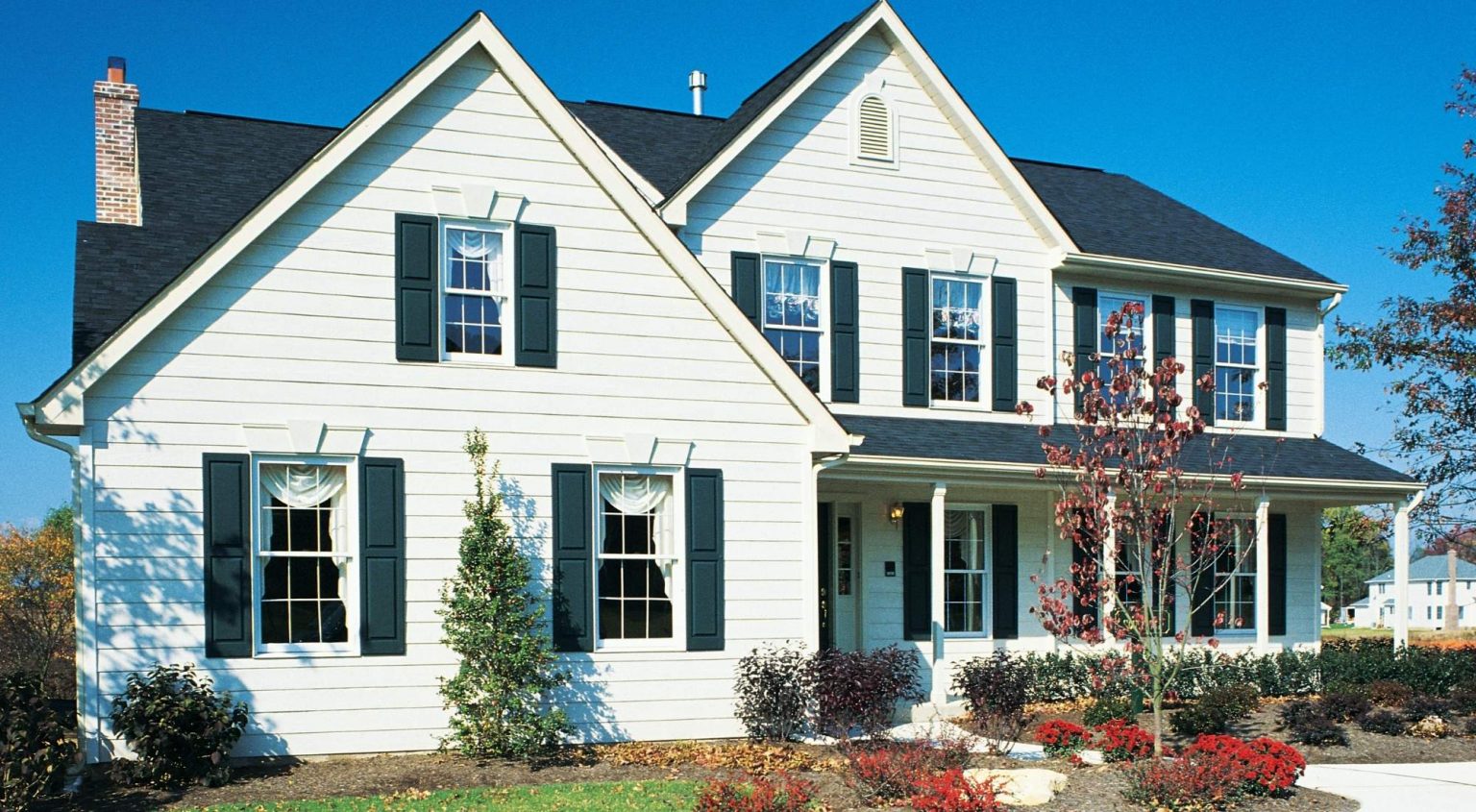
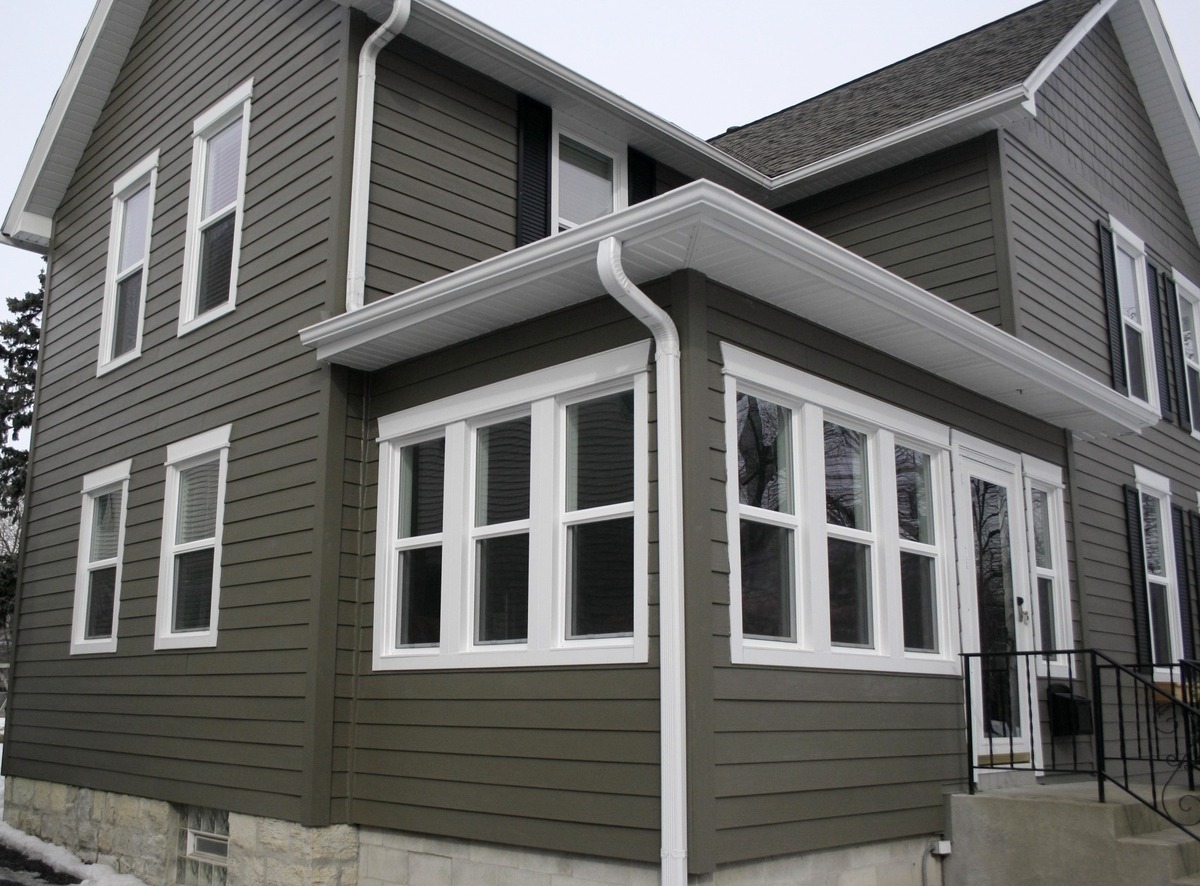
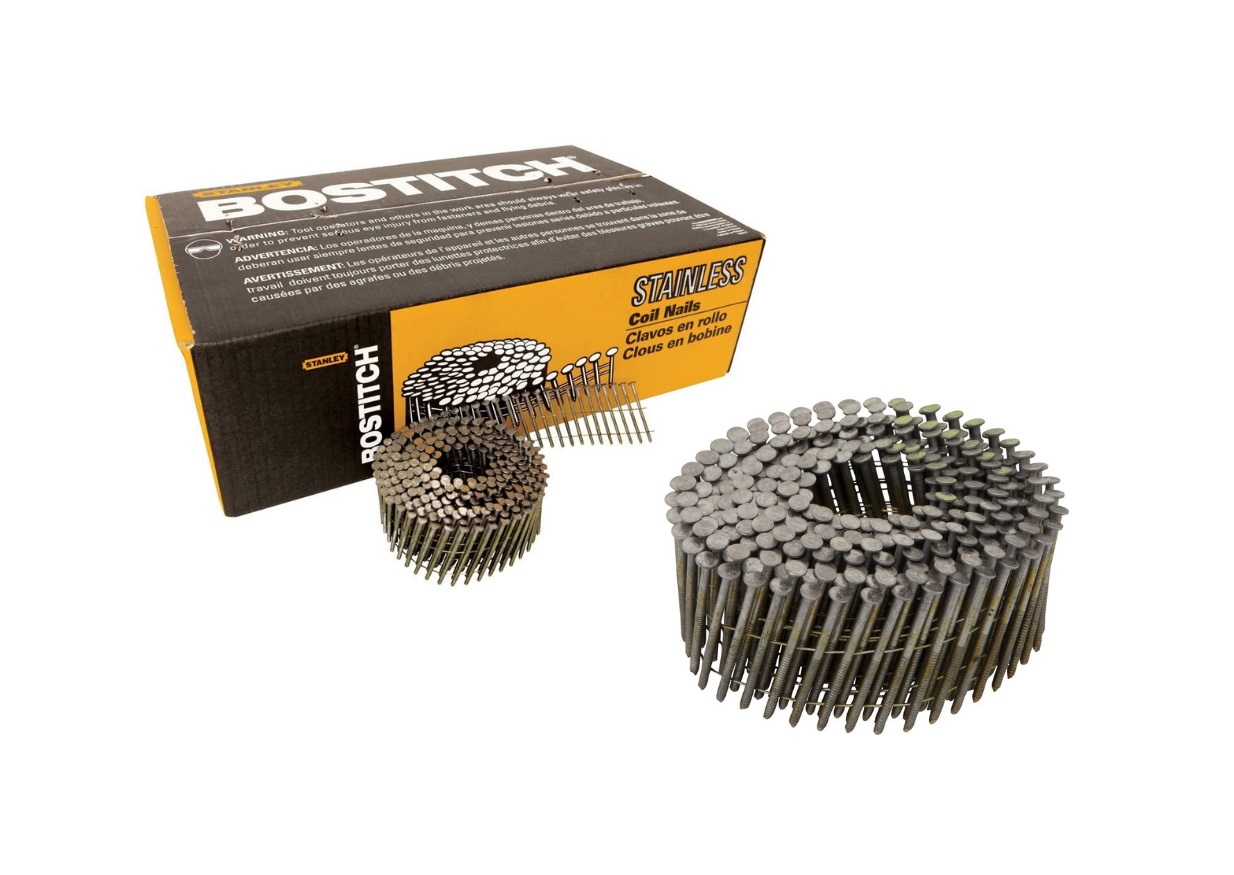
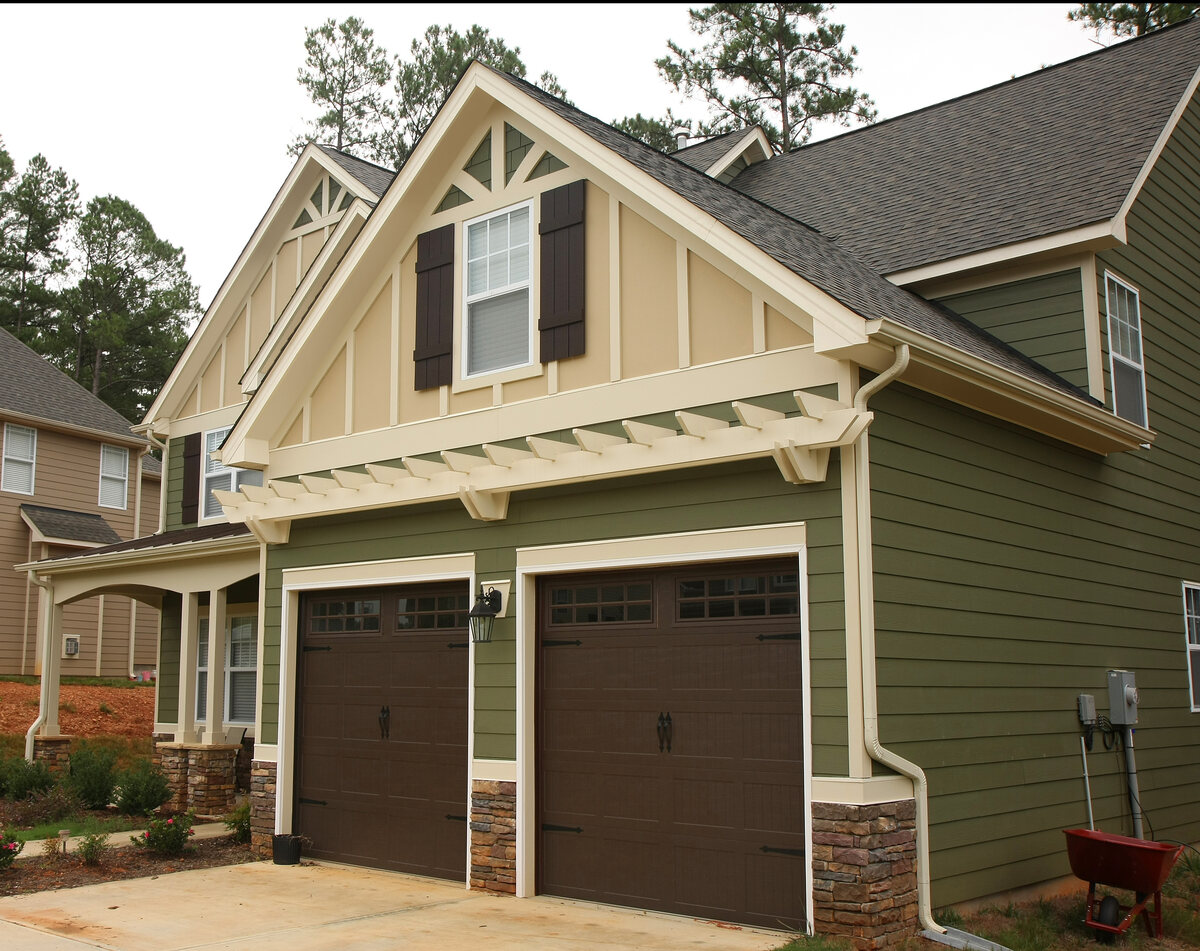
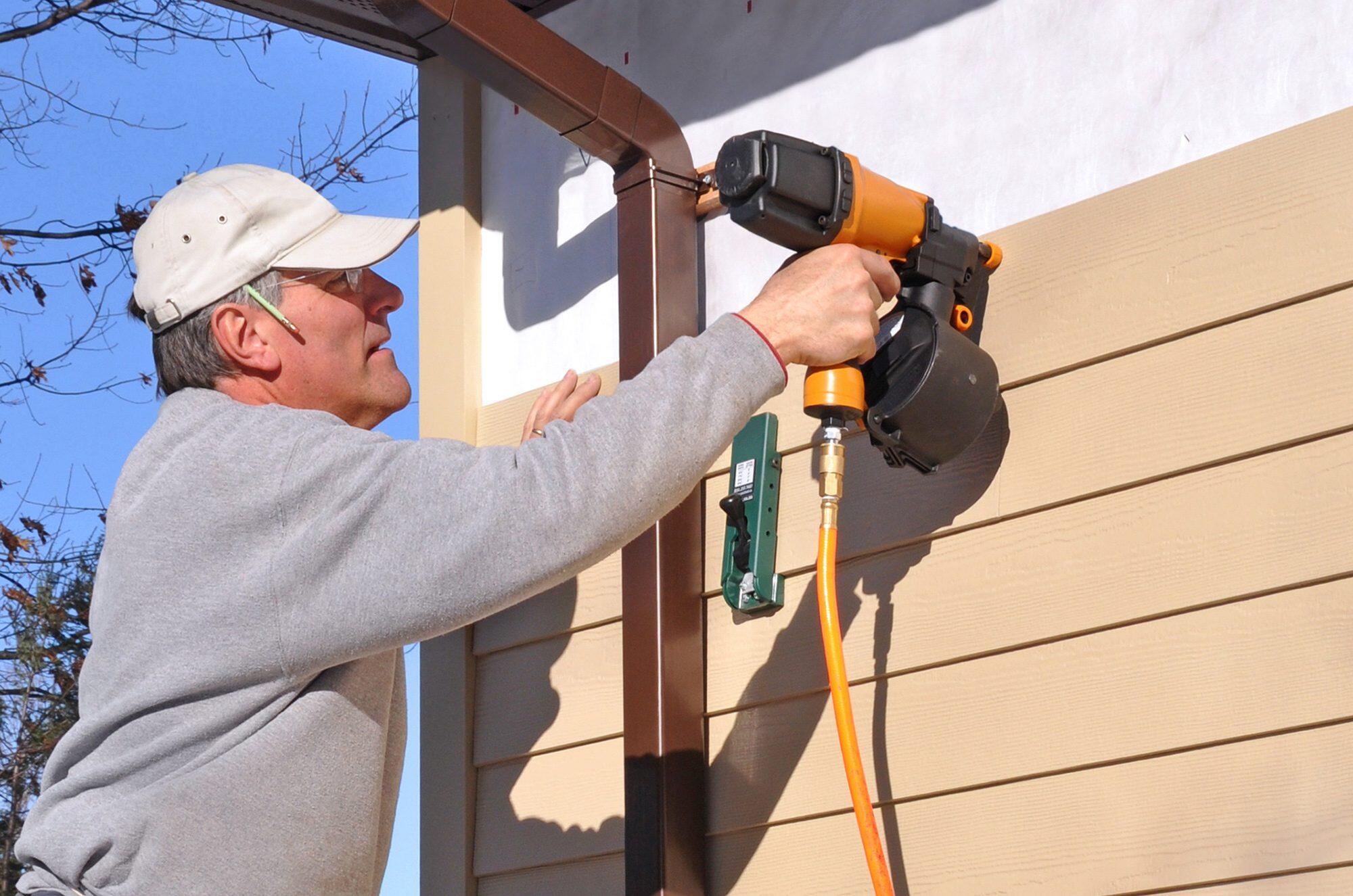
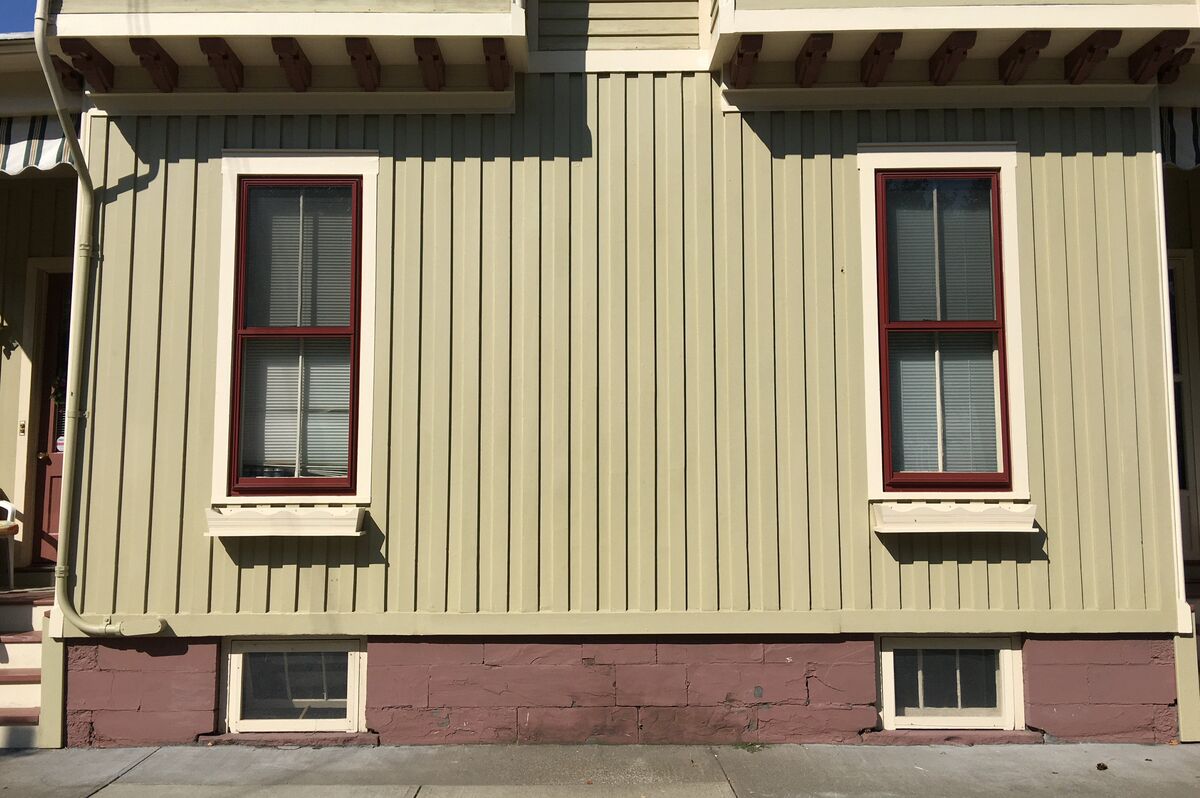
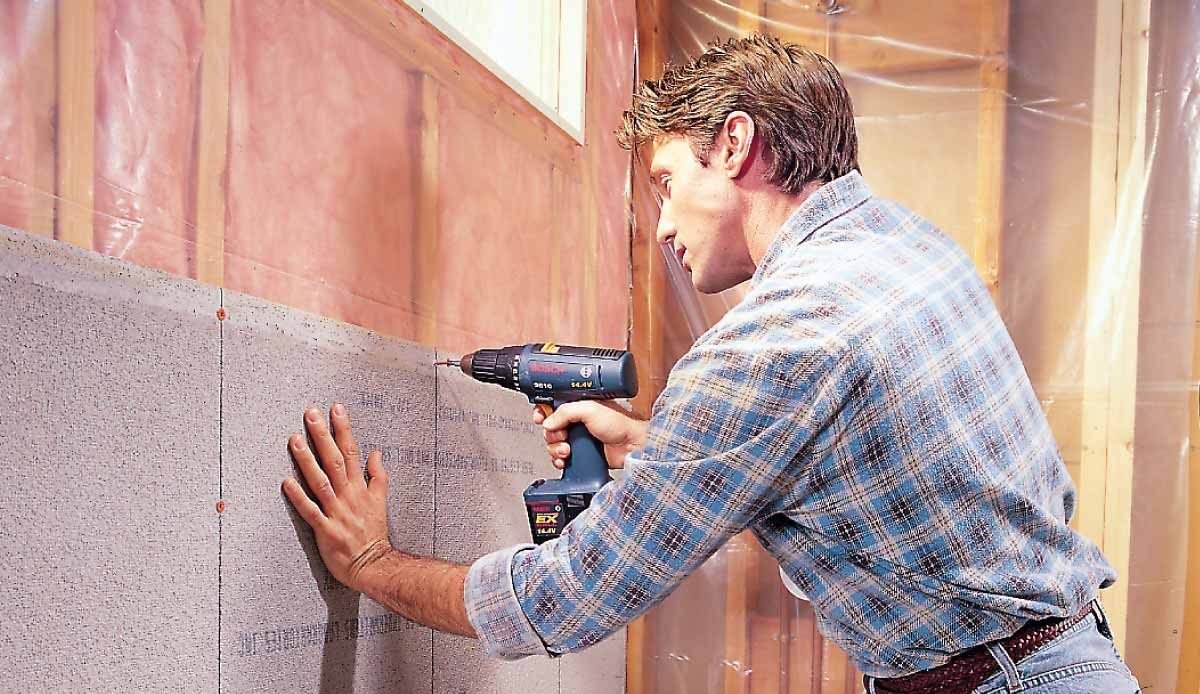
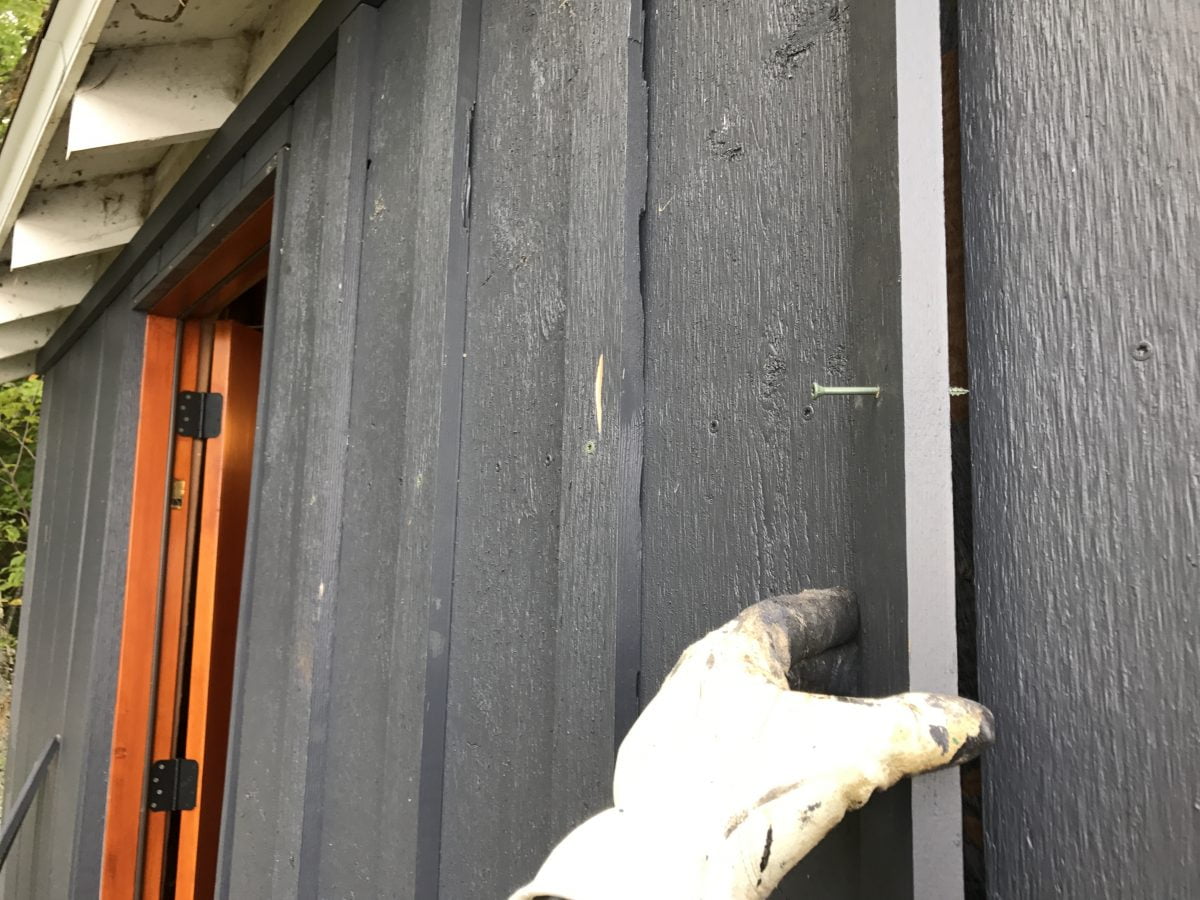

0 thoughts on “How Do You Clean Hardie Board Siding”